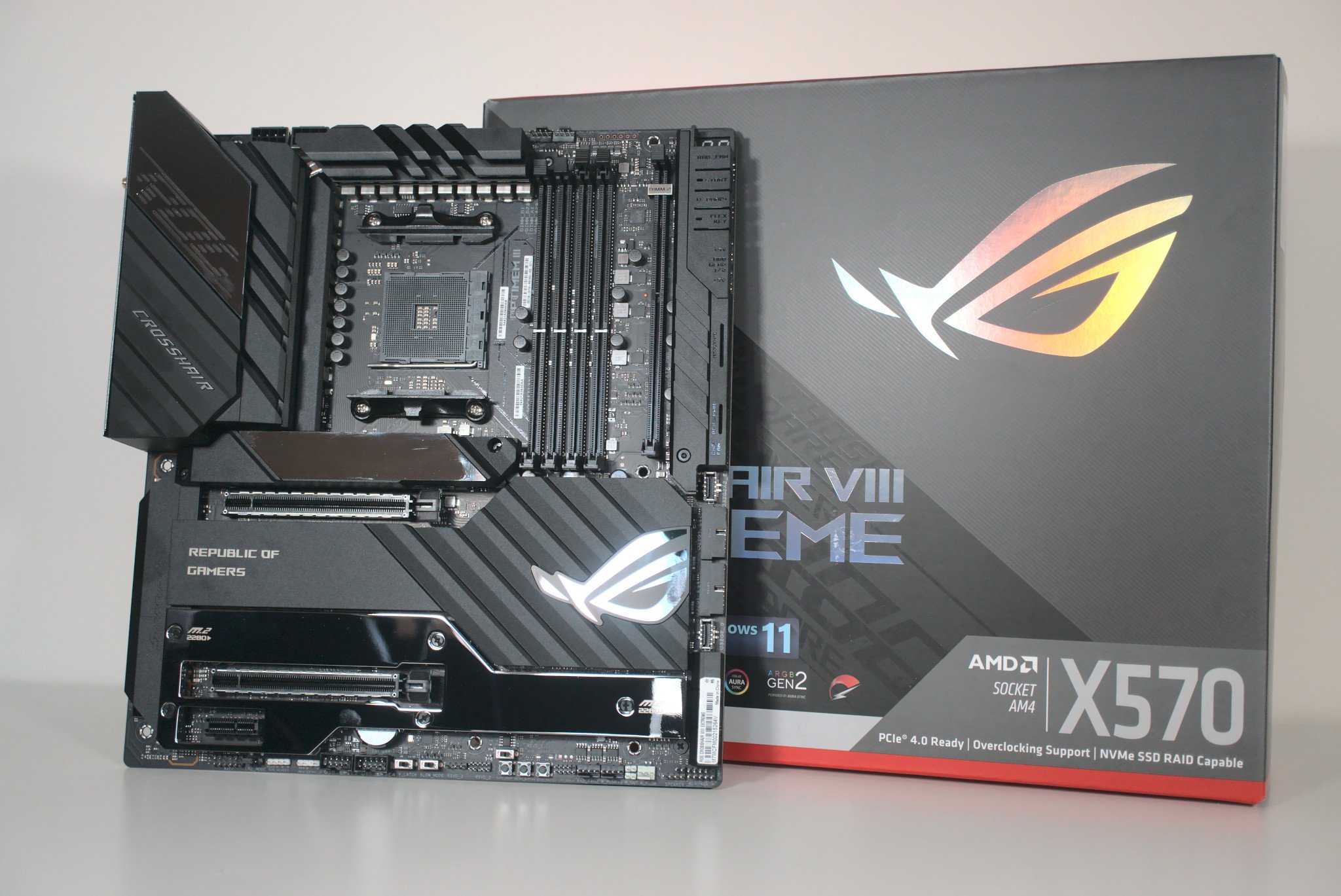If you want the absolute best performance from AMD processors, the Threadripper range and best motherboards with TRX40 chipset are the combinations to go for. But if you don't have thousands of fiat money to spare on such a setup, motherboard vendors have been able to push the AMD X570 chipset considerably, which allows one to use high-end platforms with more affordable CPUs.
This is where the ASUS ROG X570 Crosshair VIII Extreme comes into play. It's in the region of $800, which is a considerable amount for a motherboard, but supports AMD Ryzen processors and has a host of features you won't find on less-capable boards. We're going to take a look at this flagship X570 board from ASUS and see whether it's worthy of a spot in your next AMD PC build.
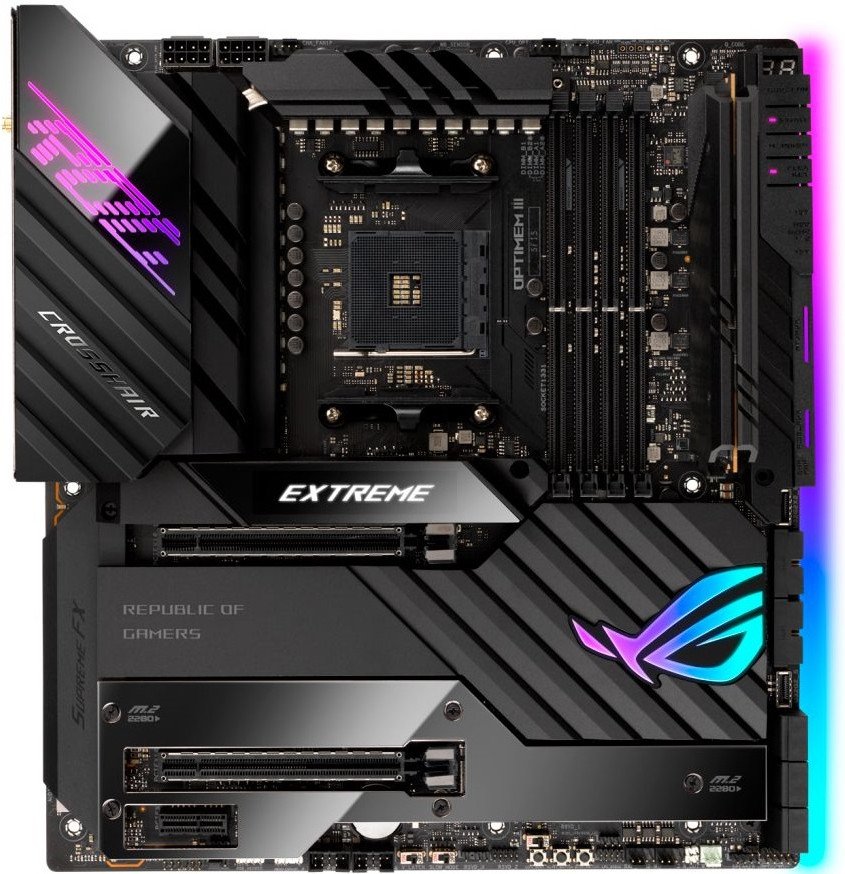
Bottom line: ASUS goes all-out when designing and building the Crosshair range of motherboards and the X570 VIII Extreme is no exception. It's about as good as you can get for AMD processors, so long as you don't mind the high price tag.
Pros
- Amazing performance
- Excellent BIOS support
- Robust power delivery
- 10Gb LAN and Wi-Fi 6
- Plenty of expansion options
- No chipset fan
Cons
- Expensive
- Overkill for most PC builds
ASUS ROG X570 Crosshair VIII Extreme: Price and availability
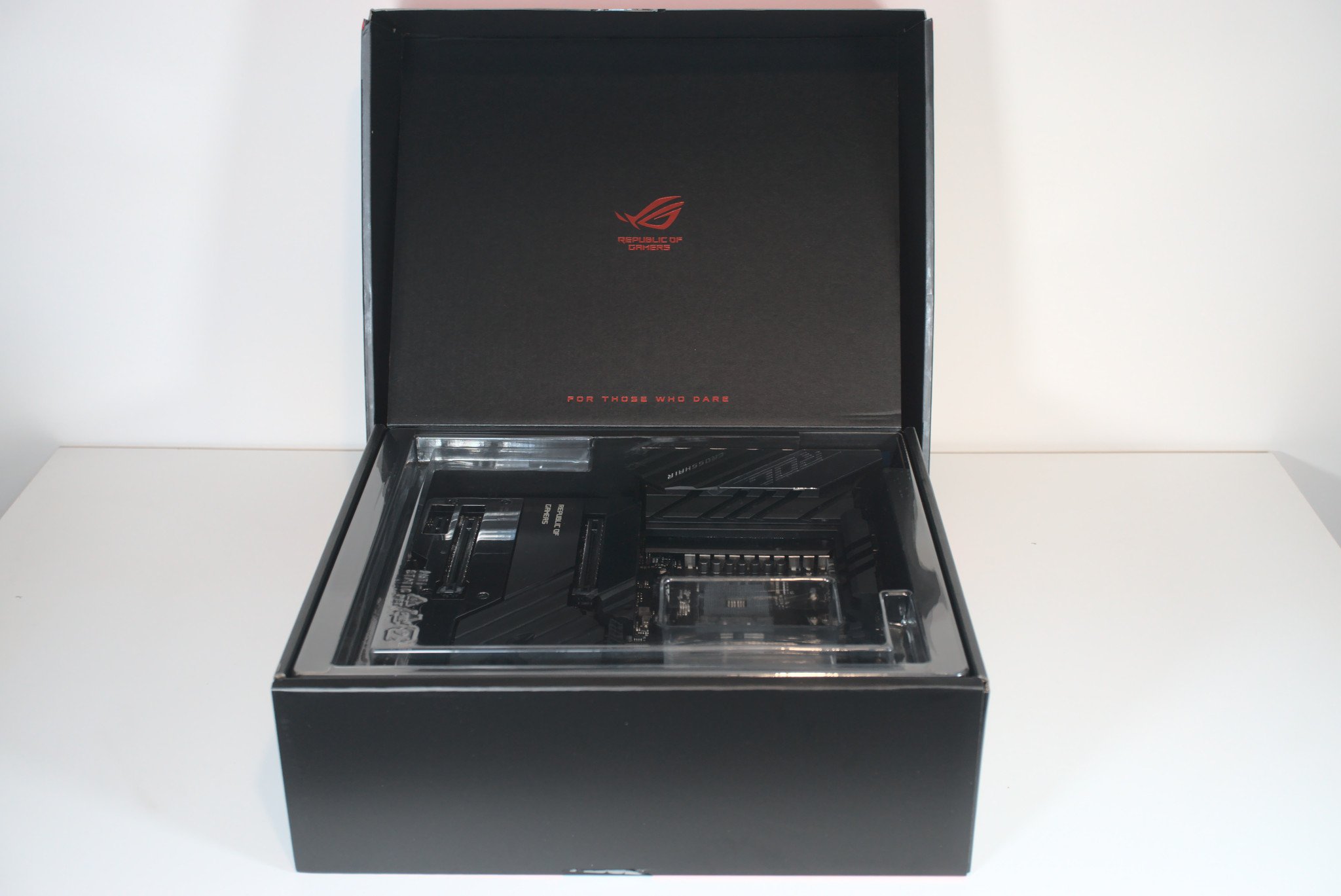
The ASUS ROG X570 Crosshair VIII Extreme is the company's flagship AMD X570 motherboard. Performance-wise, it's about the same as most X570 motherboards, but this beast comes rocking considerably more features. This is the price you pay for a high-end, enthusiast motherboard.
Priced at $800 at the time of writing, the Crosshair VIII isn't for those on tighter budgets. This is about as much as some spend on an entire PC, let alone a single component. It's expensive, but well worth the cost if you plan on taking advantage of many of the more advanced features not available with more affordable options.
ASUS ROG X570 Crosshair VIII Extreme: What's good

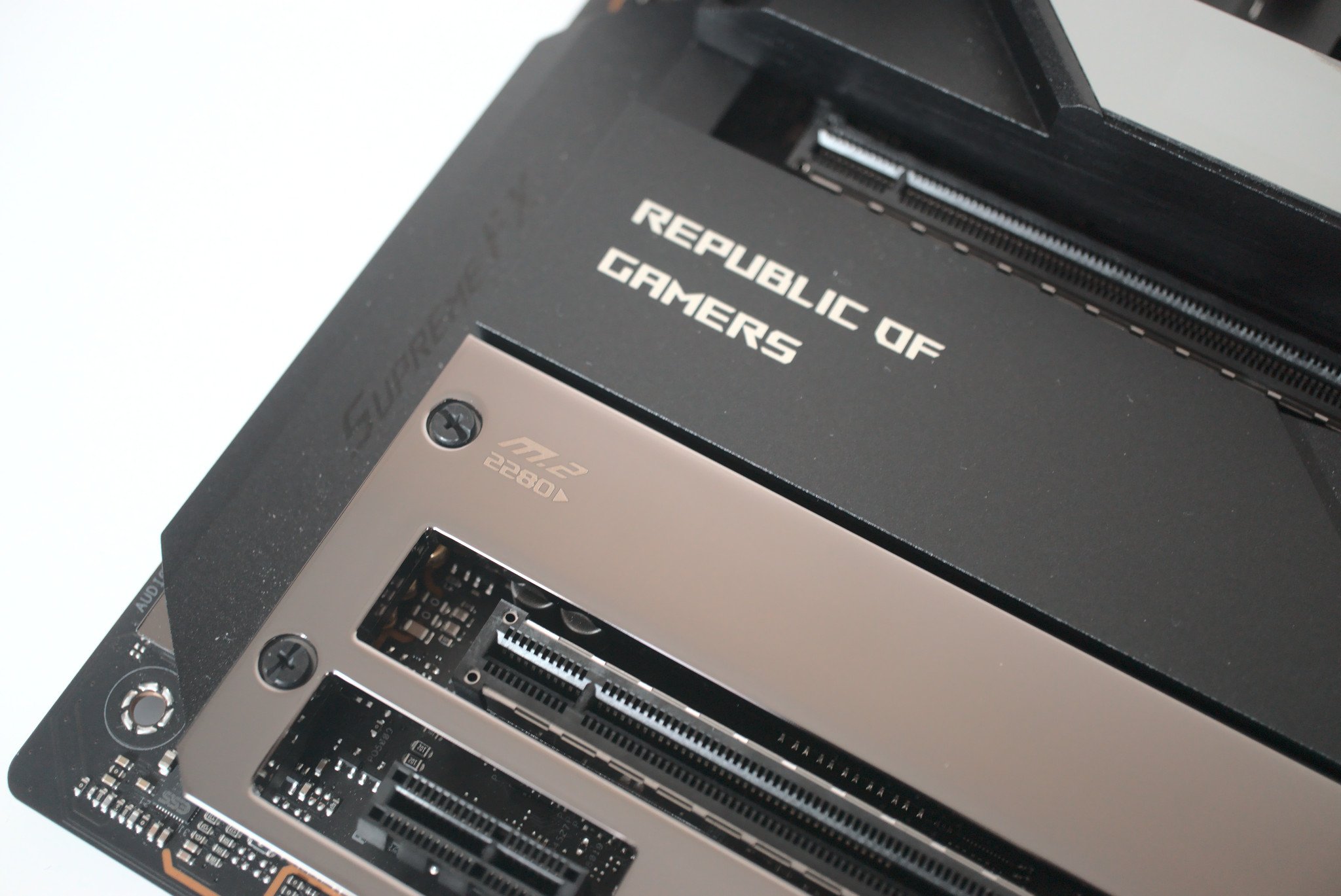
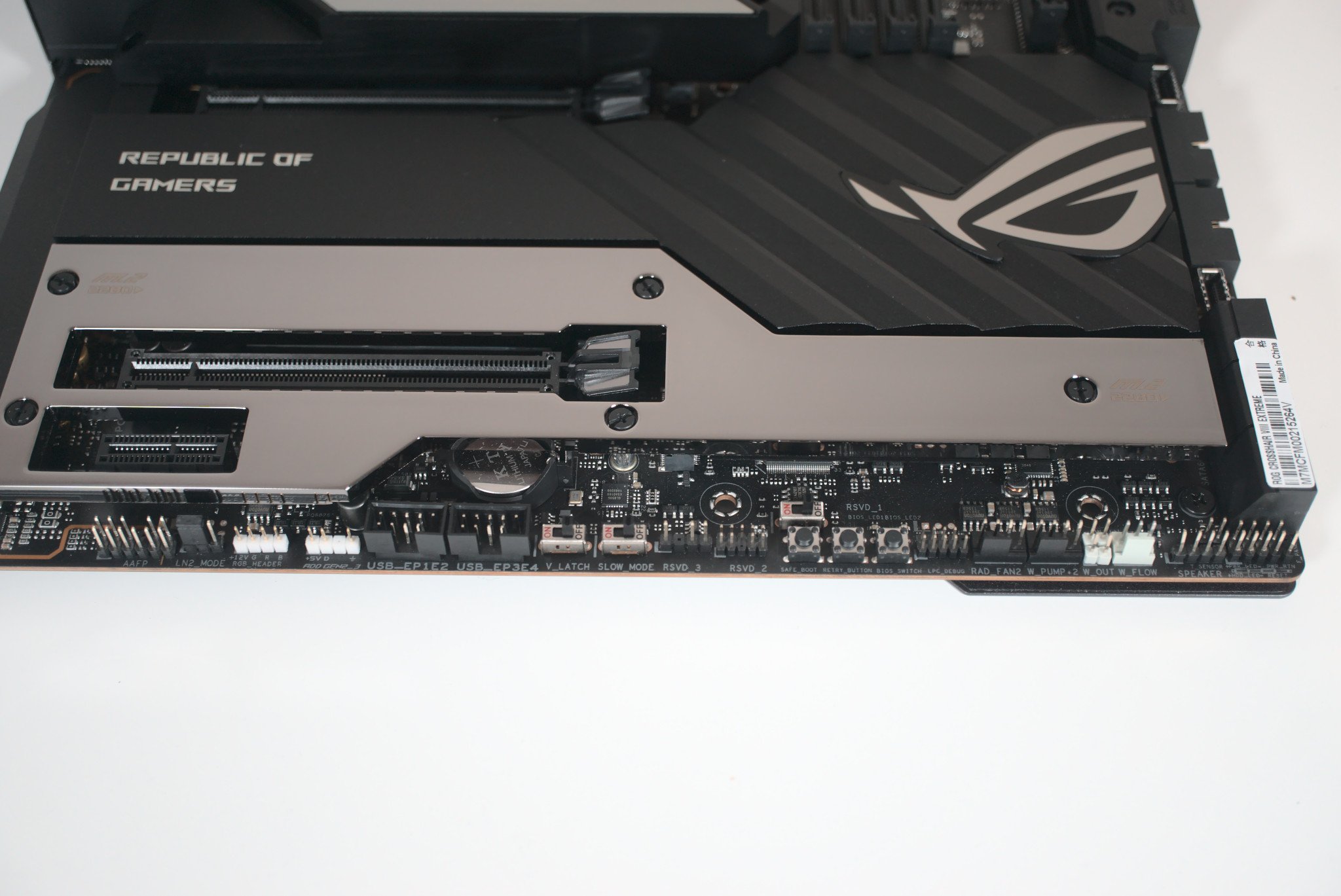
Like other X570 motherboards, the ROG Crosshair VIII Extreme from ASUS is a premium foundation for a PC build. Some notable feature highlights with the AMD X570 chipset include PCIe 4.0 for speedier SSD storage and more headroom for GPUs. But where the Crosshair VIII Extreme differentiates itself from the competition is everything else that comes with it.
ASUS did a solid job designing the ROG X570 Crosshair VIII Extreme.
Inside the box, alongside the ROG X570 Crosshair VIII Extreme, you'll find an ASUS fan controller, DIMM.2 SSD expansion card, Wi-Fi antenna, ROG Audio cable, as well as the usual SATA cabling and other accessories one would expect with a motherboard. You'll notice the little touches when unboxing everything. Instead of chucking all the accessories underneath the board, ASUS packaged it all inside the sturdy foam.
For the motherboard itself, there's full support for the Ryzen 2000, 3000, and 5000 series of processors. It's possible to install up to 128GB of DDR4 RAM at speeds of up to 5GHz (2.5GHz x2). There are two PCIe 4.0 x16 slots with full support for NVIDIA and AMD dual-GPU configurations. Then you've got five M.2 slots (three on the board and two on the expansion card), three of which are capable of running at PCIe 4.0 speeds.
All the latest news, reviews, and guides for Windows and Xbox diehards.
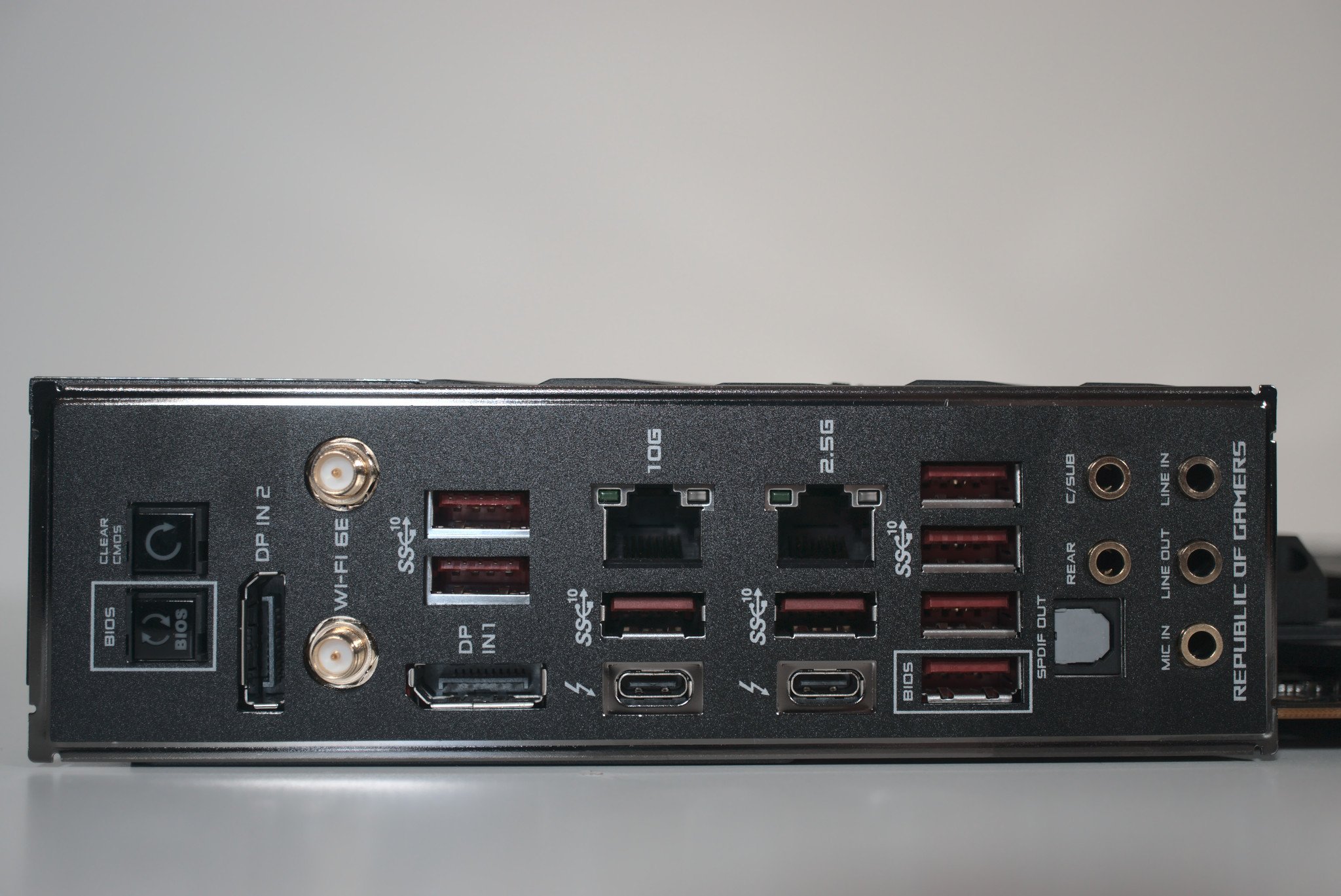
But that's not all, ASUS managed to throw in 2.5Gb and 10Gb LAN connections for more network bandwidth, not to mention the Realtek ALC4082 audio codec. Then there's the array of rear ports, which includes eight USB-A 3.2 Gen 2 ports, two Thunderbolt 4 ports, and illuminated audio jacks. It's a board with plenty of features, which is the biggest selling point.
| Category | ASUS ROG X570 Crosshair VIII Extreme |
|---|---|
| Size | EATX |
| CPU | AMD Ryzen 2000 AMD Ryzen 3000 AMD Ryzen 5000 |
| Socket | AM4 |
| RAM | 4x DDR4 DIMM (up to DDR4-5000), 128GB limit |
| Chipset | AMD X570 |
| Expansion | 2x PCIe 4.0 x16 (x16 or dual x8) 1x PCIe 3.0 x1 |
| Storage | 8x SATA (6Gbps) 1x M.2 2242/2260/2280 (PCIe 4.0 x4, SATA) 2x M.2 2242/2260/2280 (PCIe 4.0 x4) 2x M.2 2242/2260/2280 (SATA) |
| Audio | Realtek ALC4082 |
| Rear ports | USB BIOS FlashBack Button(s) 1x 10G LAN 1x 2.5G LAN 1x ASUS Wi-Fi 2x Thunderbolt 4 8x USB-A 3.2 Gen 2 (up to 10Gbps) 2x DisplayPort in 1x Optical S/PDIF out 5x Illuminated audio jack |
| NVIDIA SLI | ✓ |
| AMD CrossFire | ✓ |
| Dimensions | 305mm x 277mm |
| Launch price | $800 |
To cram all this tech onto a PCB that fits inside most mid- and full-tower PC cases, ASUS made full use of the rather confusing EATX "standard," measuring in at 305mm x 277mm. It's essentially an ATX motherboard that's a little bit wider. Compared to the outgoing X470 Crosshair VII, this latest entry in the AMD series from ASUS sports a slightly less aggressive design, which should fit in with builds that don't rely on RGB lighting.
It's a sleek, all-black PCB with an extensive metal shroud. We've come to know and appreciate how ASUS approaches the covering of M.2 slots without making anything important inaccessible, though this comes short of what NZXT offers with its N7 B550 motherboard. It's incredibly heavy for a motherboard, also in part due to the full metal backplate. This is an EATX board, however, so you will need to make sure your chassis can take a 277mm-wide platform.
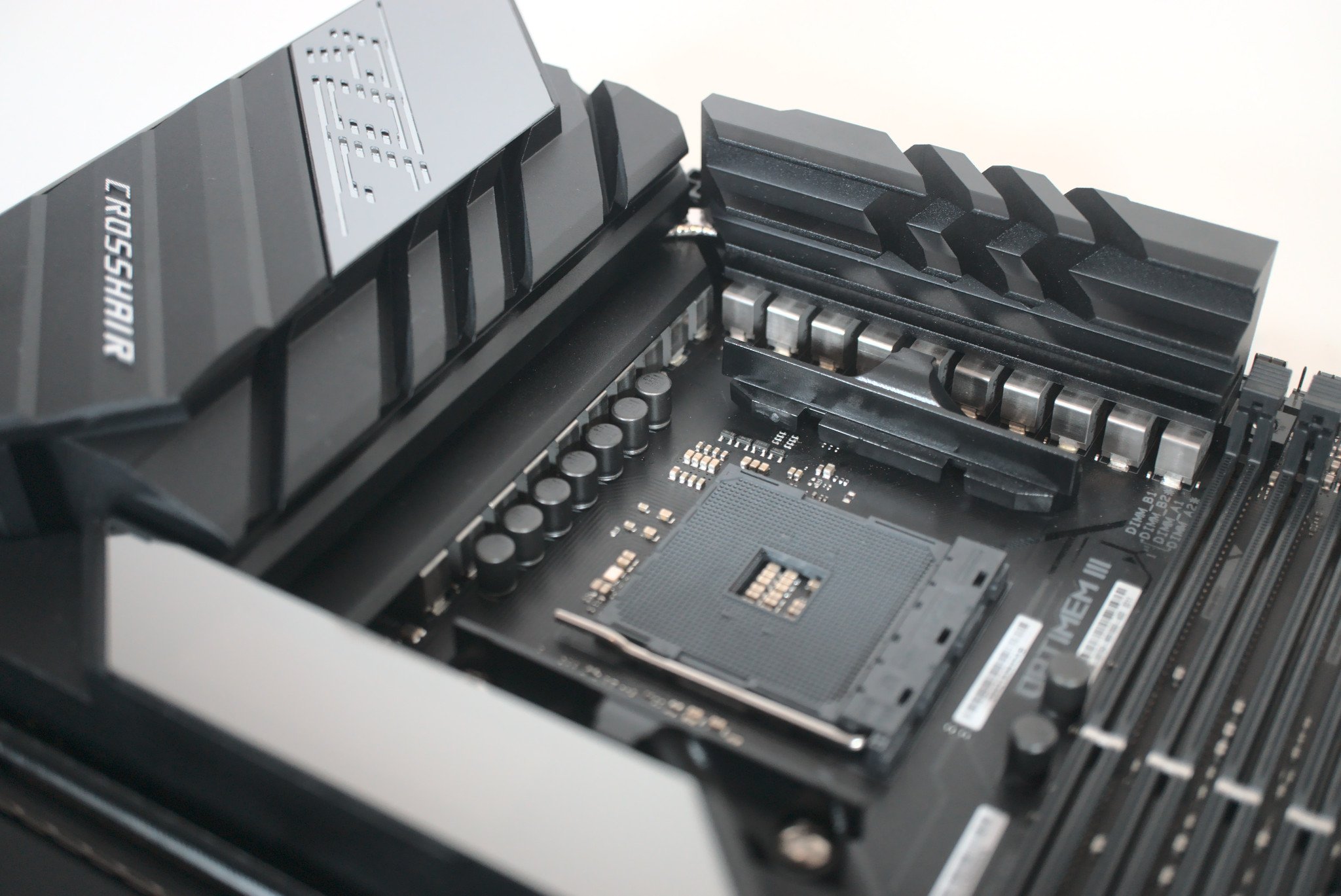

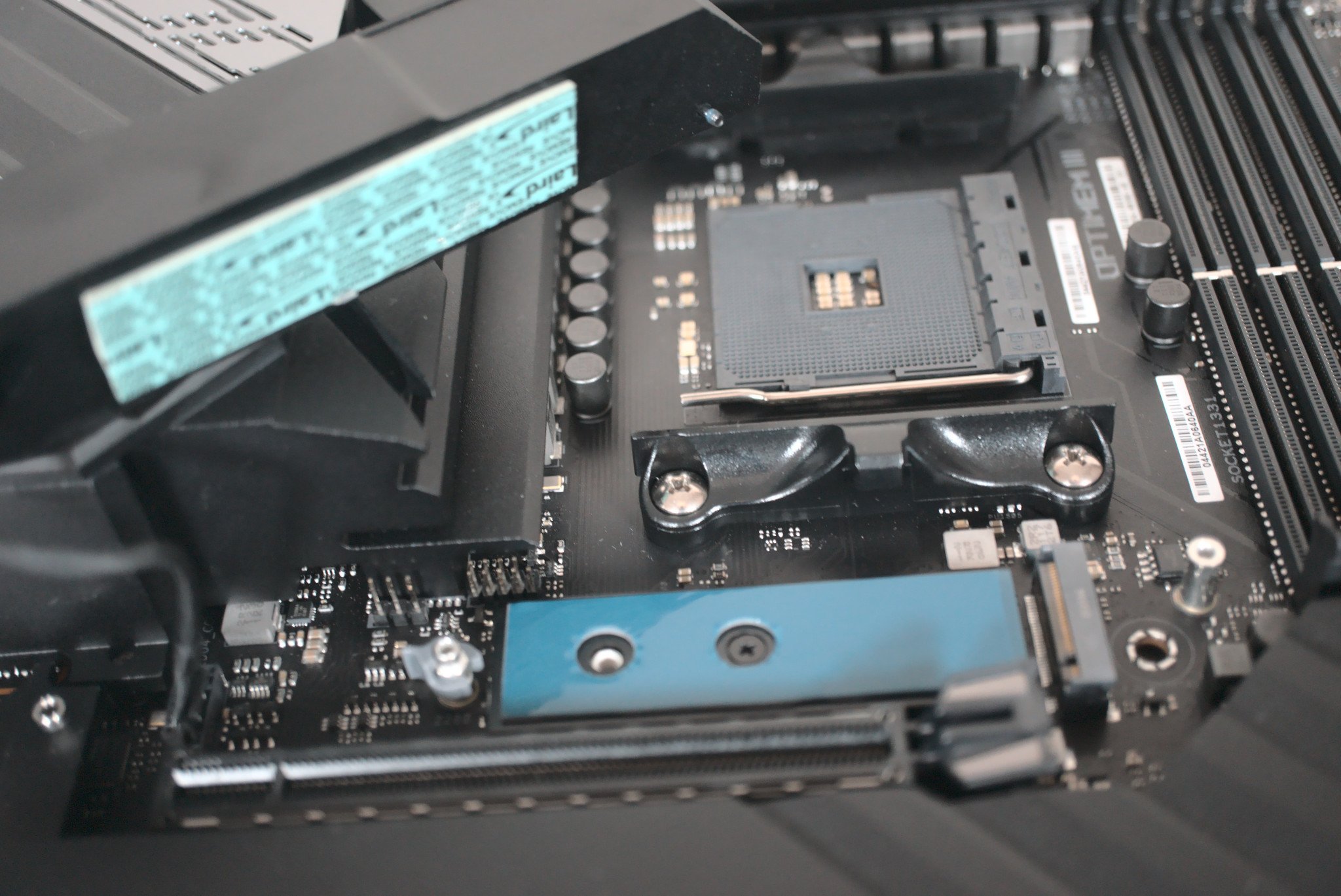
Should you have an adequate case, you'll appreciate all the extra features present on this board. Let's start with the dual 8-pin CPU ProCool II power connections in the top left, which is common on high-end boards such as this. Next, we have the 18+2 power stages (rated for a total of 90 amps) with microfine alloy chokes and 10K Japanese-made black metallic capacitors.
This EATX motherboard is laden with enthusiast features for powerful PC builds.
It's a fantastic foundation for high-performance Ryzen 9 processors. There are four DIMM slots, as well as an additional DIMM.2 slot for adding an optional (but included) PCIe 4.0 M.2 expansion card. There's the return of the small OLED panel just below the CPU socket, which can display temperatures, clock speeds, and other data.
The usual 24-pin ATX power connection is present on the right with an additional onboard 8-pin PCIe port. ASUS has generously added two USB-C and two USB-A 3.0 ports for cases that support either. Enthusiast features are towards the bottom of the board, below the usual array of six SATA points of contact.

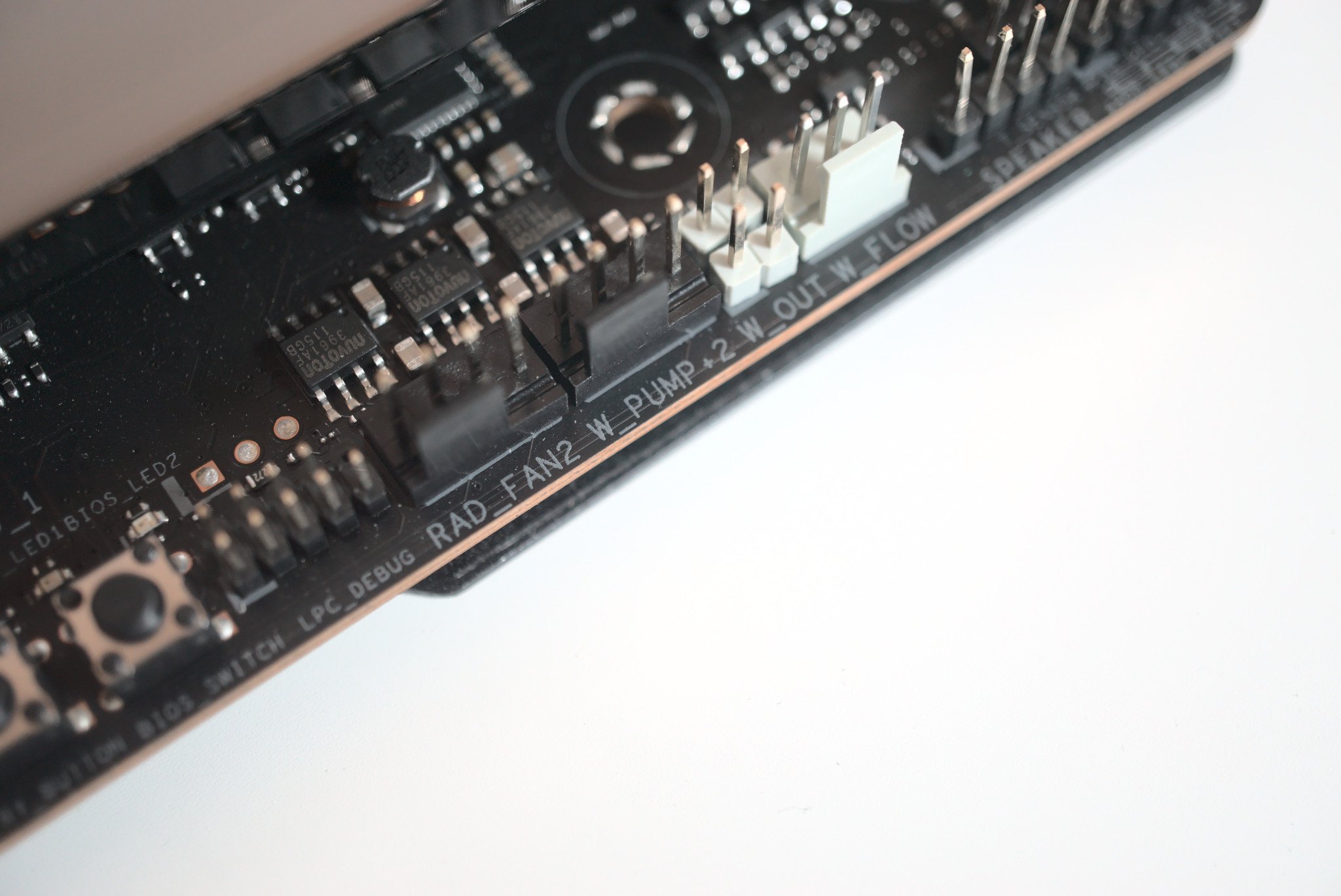
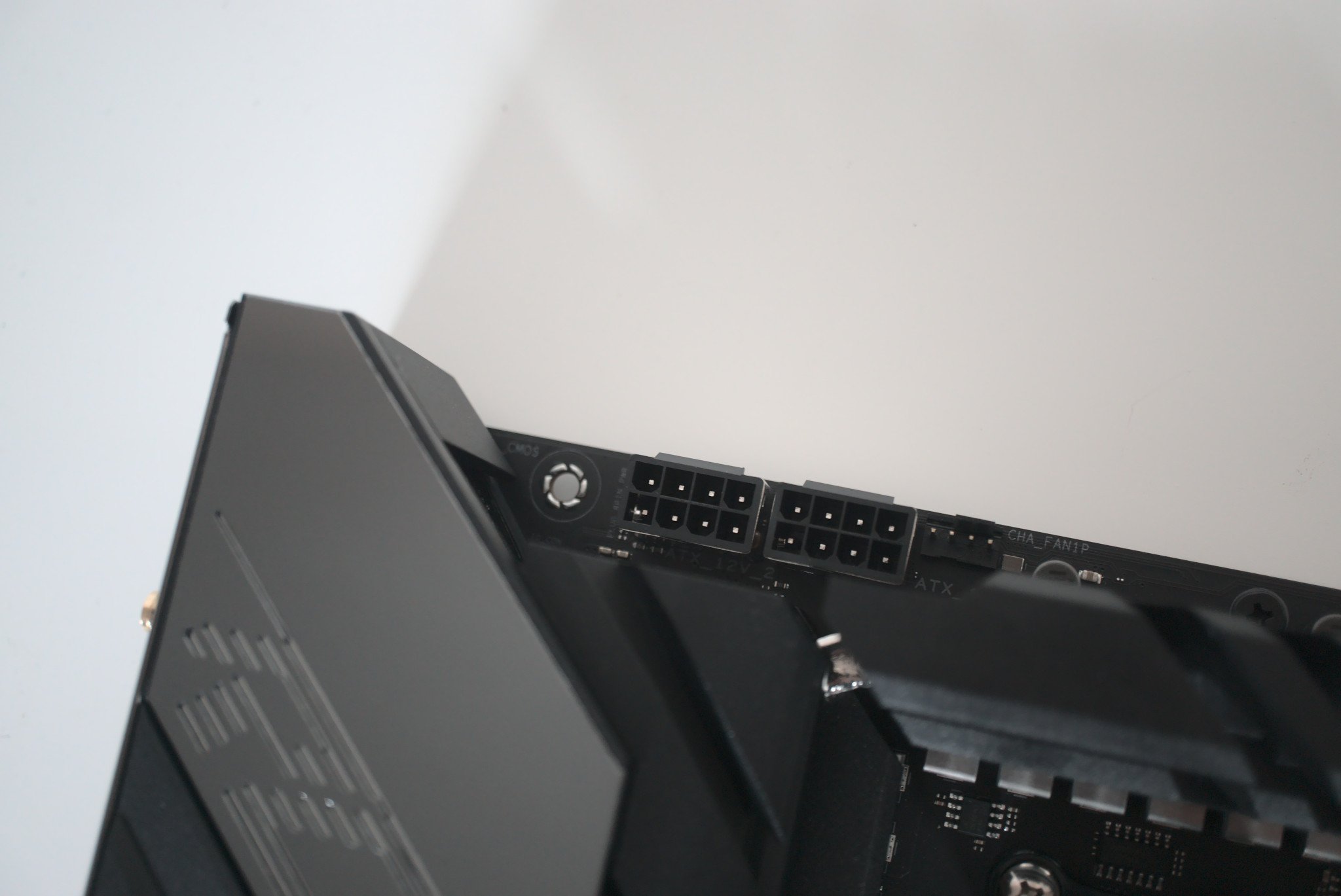
To play with, you've got physical buttons for safe boot, retrying a BIOS config, and switching BIOS altogether. And to get the most out of your processor, you'll need water cooling. Using a custom water-cooling loop, the ASUS ROG X570 Crosshair VIII Extreme can control the pump, radiator fans (two headers can supply 4A of current), and even monitor water temperatures and flow rate.
The three M.2 slots are covered by metal shrouds, as is the case with many motherboards today. The top-most M.2 slot is hidden behind the 2-inch OLED panel. It's removed easily, as is the case with the two other M.2 slots, and ASUS makes use of a toolless design to secure the SSD to the board, which is brilliant. There are also thermal pads present both below and above the primary M.2 drive.
The ASUS ROG X570 Crosshair VIII Extreme has a lot going for it. Really there's not much to dislike with the motherboard. If you have an expansive case with numerous front panel USB ports, more than three M.2 SSDs, a powerful Ryzen 9 processor, and plan to do a custom water-cooling solution to keep everything within a specific temperature range, this is the board for you.
Having fancier features is one thing, but how does the motherboard compare to the competition in terms of performance? We put the Crosshair VIII Extreme to the test with an AMD Ryzen 9 5950X CPU, ASUS ROG GeForce RTX 3080 GPU, and Sabrent PCIe 4.0 SSD to see how much of a difference it would make. We weren't expecting huge gains since even mid-tier motherboards perform very well.

We've not tested many enthusiast motherboards and as such don't have numbers to compare apples to apples, but compared to mid-range motherboards like the ASUS ROG Strix X570-E, the difference is negligible when running stock settings through the UEFI BIOS. But that's doing the Crosshair motherboard a disservice and cranking everything up allowed for a very slight edge on everything else we've tested. I'm talking in the region of up to 5%.
VRM temperatures were measured at 44C stock settings. Overclocking components brought this up to 49C. It was possible to push the Ryzen 9 5950X to 5.1GHz at 1.45v without issue. I was able to get the installed G.SKILL Trident Z Royal RAM running stable at full rated speeds and 1.49V (versus the rated 1.5V). Running the RTX 3080 in games saw the same amazing results one would expect from such a GPU at 1440p and 4K resolutions (see the card review for more details).
ASUS ROG X570 Crosshair VIII Extreme: What's not good
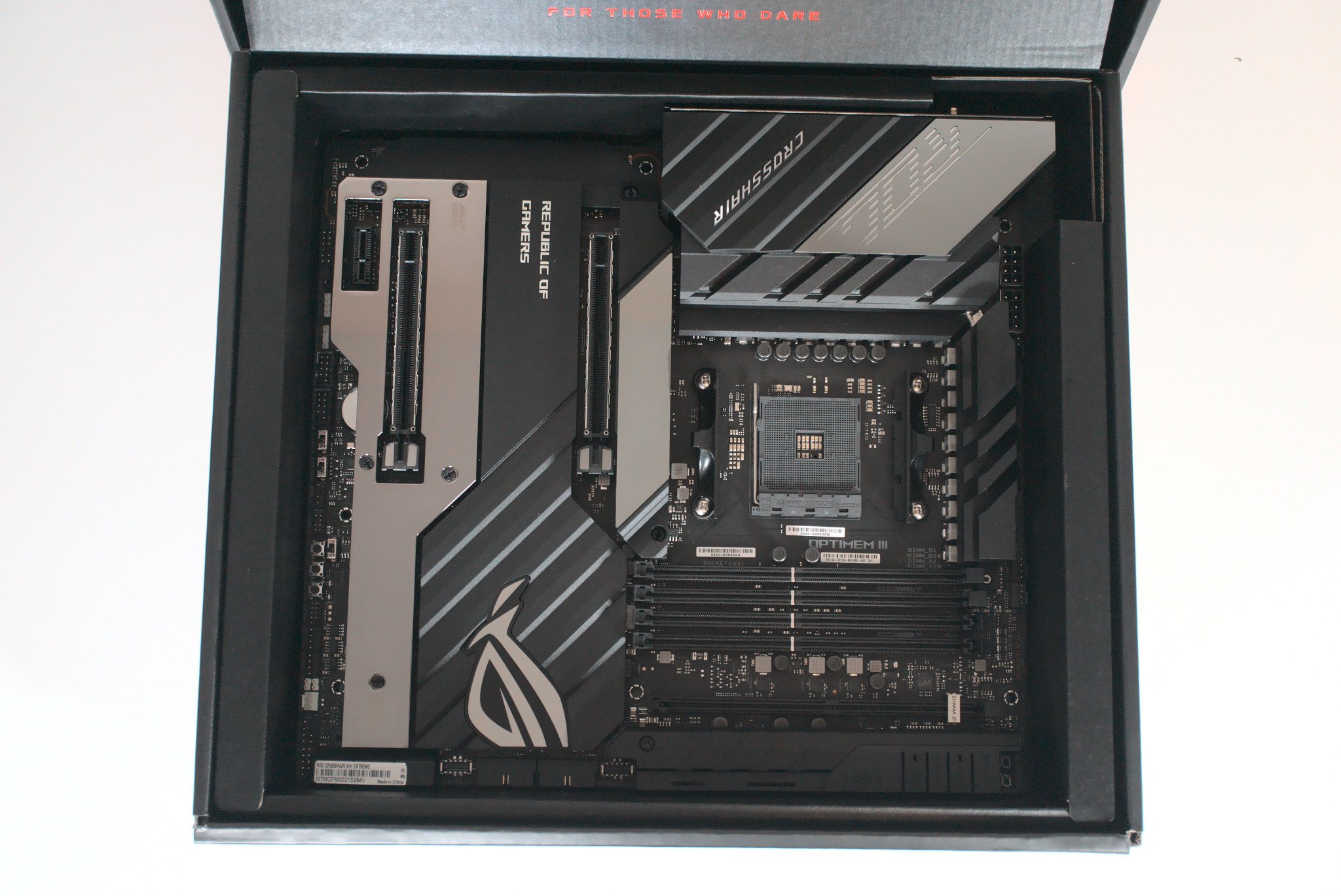
I didn't come across anything I disliked about the Crosshair VIII Extreme. It does mostly everything right, which should be expected given how many revisions ASUS has gone through with previous chipsets. The latest X570 iteration is a world-class motherboard, so long as you can afford it.
The major problem with such a premium product is the audience. Do you really need a motherboard with up to five M.2 slots, more power delivery headroom than you'll ever require, overclocking tools like physical boot buttons, and 10Gb LAN? The answer is likely to be no, which makes it difficult to recommend the ASUS ROG X570 Crosshair VIII Extreme to anyone other than a PC enthusiast.
ASUS ROG X570 Crosshair VIII Extreme: Competition
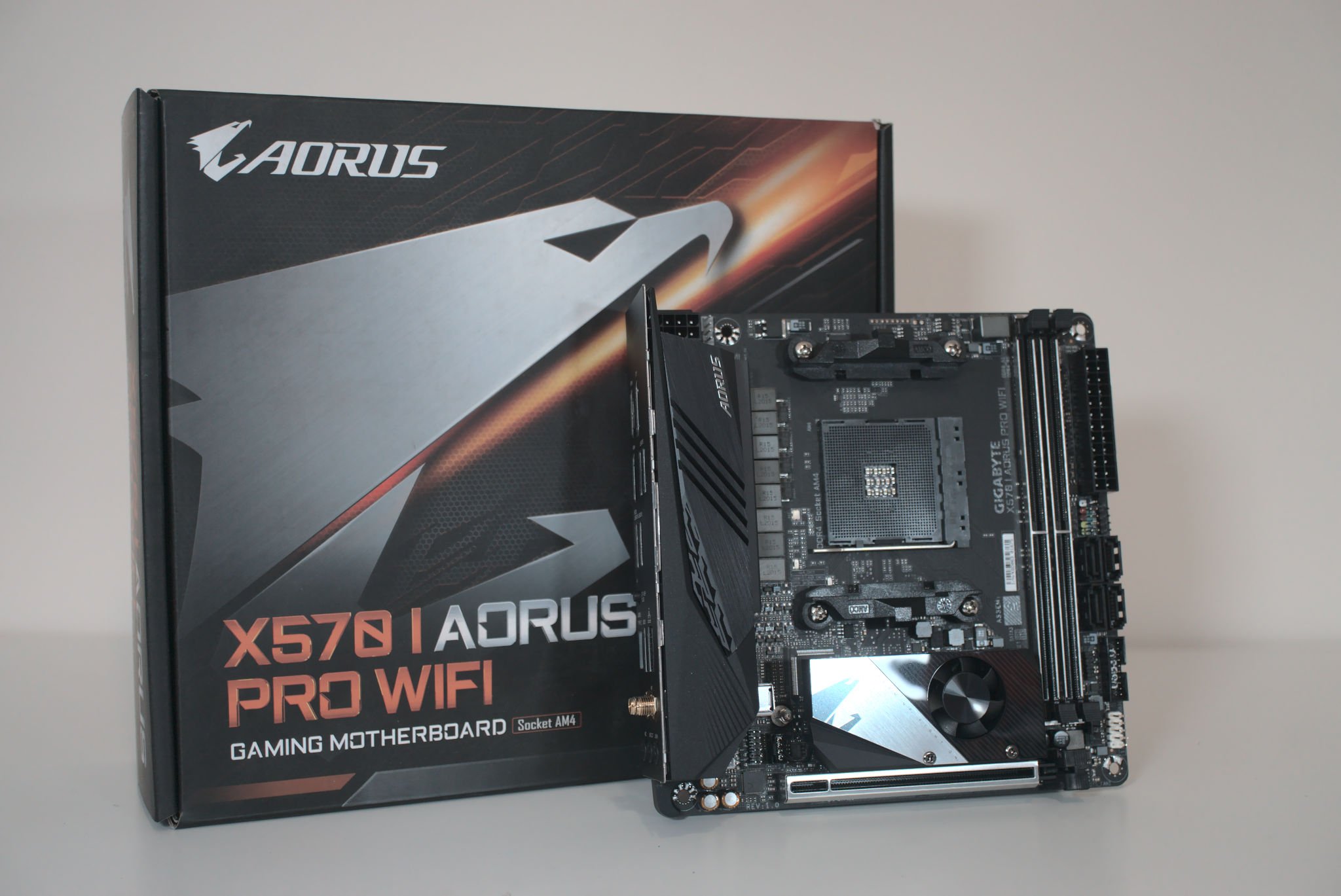
You can compare this motherboard against all other X570 offerings since they'll mostly all be compatible with the same processors. When put up against more affordable X570 motherboards, you'll be gaining a slight boost in performance, but not one that's worth the additional cost. If you're only after computing power, it's best to go with a better value board.
In terms of features, this is where the Crosshair series from ASUS shines. You've got countless M.2 slots, fantastic water-cooling support, advanced overclocking support, a better power delivery setup, and both 10G and 2.5G LAN connections. This is a solid foundation for an enthusiast build or for a creator PC.
To fit all this functionality on a single PCB, ASUS had to stretch the dimensions a little, meaning this motherboard is slightly wider than standard ATX. This may rule out some cases that are unable to support such a size. And if you're considering a compact PC build you'll want to look at a Mini-ITX motherboard like the Gigabyte X570-I AORUS Pro Wi-Fi.
ASUS ROG X570 Crosshair VIII Extreme: Should you buy it?

You should buy this if ...
- You have an AMD Ryzen 9 processor
- You plan to overclock your CPU
- You want to use 10Gb LAN or Wi-Fi 6
- You want an enthusiast-grade motherboard
- You can spare $800 from your PC budget
You shouldn't buy this if ...
- You don't have much money to spare
- You don't have at least a Ryzen 7 processor
- You don't plan on overclocking the CPU
- You won't utilize most of the features
The question of "should you buy this motherboard" comes down to how much budget you have to spare. If you can spend $800 on a motherboard alone without feeling a little down afterward, you should go right ahead and do so. But that's only if you plan on using most of the more advanced features, including the DIMM.2 expansion card, front USB connections, overclocking support, and water-cooling features.
If you're not going to use any of that, the ASUS ROG X570 Crosshair VIII Extreme becomes a harder sale. That's not to say it's a bad motherboard; it's absolutely the opposite. This is a fantastic foundation for an AMD Ryzen PC build. It looks stunning, is built to a very high standard, and uses premium components for stable power delivery. All the most important boxes are ticked.
The issue is most PC builds won't require any of these features. Most gamers don't create their own water-cooling loops, nor do they need to connect up to five M.2 SSDs to their PC. Even ASUS' own mid-range motherboards, such as the exceptional ROG Strix X570-E Gaming, offer similar performance at a vastly more affordable price. But such boards likely won't have an OLED panel, physical buttons for BIOS switching, and more.

Rich Edmonds was formerly a Senior Editor of PC hardware at Windows Central, covering everything related to PC components and NAS. He's been involved in technology for more than a decade and knows a thing or two about the magic inside a PC chassis. You can follow him on Twitter at @RichEdmonds.
